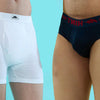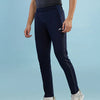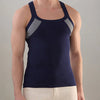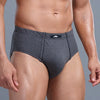Top 5 Tips for Choosing Different Types of Panties – The Ultimate Guide to Comfort, Style, and Fit
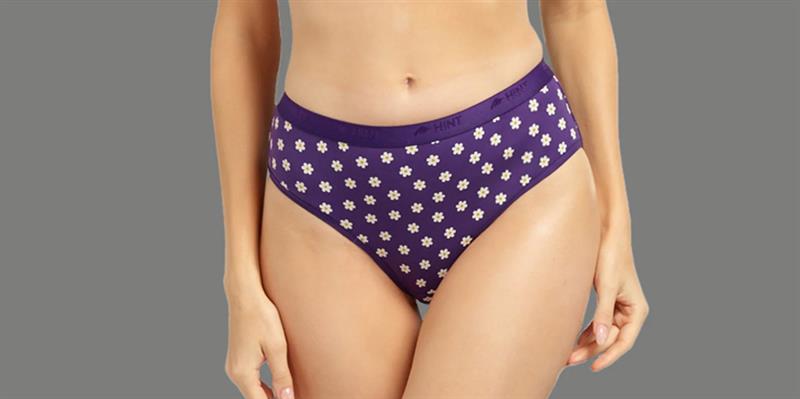
Synopsis
Choosing the right panties is key to everyday comfort, confidence, and hygiene. Explore the top 5 expert-backed tips covering styles, fabrics, fit, and wardrobe planning to build a practical and stylish underwear drawer that works for your lifestyle.
1. Understand the Different Types of Panties
Before you shop, it’s important to know the varieties of women’s underwear and what they’re best for.
Common Types of Panties:
- Briefs: Full coverage, high-rise, great for everyday wear.
- Bikinis: Low-rise with moderate coverage, perfect for casual outfits.
- Thongs: Minimal back coverage to prevent visible panty lines (VPL).
- Boyshorts: Extended leg coverage, great for lounging and modest comfort.
- Hipsters: Sit low on the hips, offering a modern, flattering fit.
- G-Strings: The most minimal, suitable for special occasions or no-VPL needs.
- Seamless Panties: Invisible under clothing, ideal for tight or body-hugging outfits.
Why This Matters:
Understanding the different panty styles helps you choose the right one based on your needs, ensuring both comfort and confidence.
2. Choose the Right Fabric for Maximum Comfort
The fabric of your underwear directly affects breathability, moisture control, and skin sensitivity.
Best Panty Fabrics:
- Cotton: Breathable, moisture-absorbing – best for daily wear.
- Lace: Sexy and elegant – perfect for date nights, not ideal for all-day wear.
- Microfiber: Smooth and lightweight – great for seamless looks.
- Nylon/Spandex: Stretchy and durable – ideal for activewear.
- Satin/Silk: Luxurious and soft – excellent for special occasions.
Pro Tip: Opt for cotton-lined gussets in synthetic or lace styles to aid hygiene.
3. Match Panty Type to Your Outfit & Occasion
Different outfits demand different panty types. Choosing accordingly ensures comfort, confidence, and no wardrobe malfunctions.
Outfit & Panty Pairing Guide:
- Tight Jeans or Dresses: Go for seamless thongs or G-strings.
- Office or Casual Wear: Choose briefs, bikinis, or hipsters.
- Workouts or Yoga: Use moisture-wicking microfiber panties.
- Romantic Evenings: Opt for lace or satin panties.
- Lounging at Home: Pick soft cotton briefs or boyshorts.
Pro Tip: When in doubt, seamless panties are a go-to for avoiding panty lines without sacrificing comfort.
4. Ensure the Perfect Fit
Fit is everything when it comes to underwear. A poor fit can lead to discomfort, chafing, and even hygiene issues.
How to Get the Right Fit:
- Measure your waist and hips. Use a sizing chart to pick the right size.
- Avoid panties that dig in or roll down. This causes bulges and discomfort.
- Look for stretchable fabrics like spandex for a better fit.
- Test different styles—what fits well in one brand might differ in another.
Fit Tip: Well-fitting panties stay in place and don’t need constant adjusting throughout the day.
5. Build a Panty Wardrobe for Every Occasion
Having a variety of panty styles in your drawer ensures you're prepared for any outfit, mood, or moment.
Must-Have Panties in Your Collection:
- Cotton briefs or hipsters for everyday comfort.
- Thongs or seamless panties for form-fitting clothing.
- Boyshorts or bikinis for casual wear and lounging.
- Lacy or satin panties for intimate occasions.
- Sport panties with stretch and breathability for active days.
Pro Tip: Stock up during sales and always refresh your collection every 6-12 months to maintain hygiene and comfort.
How Often Should You Replace Your Panties?
Replace your underwear every 6 to 12 months, depending on fabric type, usage, and care habits.
Cotton pairs may need replacement sooner (6–9 months), while durable fabrics like microfiber can last up to 24 months with proper care.
Signs it’s time to toss them:
- Stretched elastic
- Thinned fabric or holes
- Persistent odor or stains
- Loss of shape
Worn-out underwear can lead to irritation, infection risk, and overall discomfort.
Conclusion
Choosing the perfect panties isn’t just about aesthetics—it’s about comfort, fit, hygiene, and confidence. With this guide, you’re equipped to make smart, stylish choices for any outfit or occasion. Rotate fabrics, refresh regularly, and pay attention to fit—the right underwear truly supports your day in more ways than one.
FAQs
1. What are the best types of panties for everyday use?
Cotton briefs or hipsters are ideal for daily wear due to their comfort, breathability, and coverage.
2. Which panty type is best to avoid visible panty lines (VPL)?
Seamless panties, thongs, and G-strings are the best choices for avoiding panty lines under tight clothing.
3. Is lace underwear suitable for everyday wear?
Lace panties are stylish and elegant but may not offer the best comfort or breathability for all-day wear. They’re better for special occasions.
4. How often should I replace my panties?
Every 6 to 12 months, depending on wear and care. Damaged elastics, faded fabric, or loose fit are signs it's time to replace them.
5. How can I find the right size of panties?
Measure your hips and waist, check the brand’s size chart, and try on different styles to find the best fit.
6. What’s the difference between hipsters and boyshorts?
Hipsters sit lower on the waist and have moderate leg coverage. Boyshorts resemble men’s boxers with full hip and rear coverage.
7. Are seamless panties good for workouts?
Yes, especially if made from moisture-wicking fabrics like nylon or microfiber. They prevent chafing and stay invisible under leggings.


 Contact Us
Contact Us